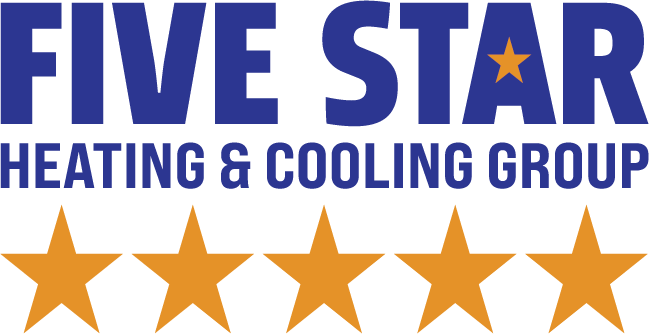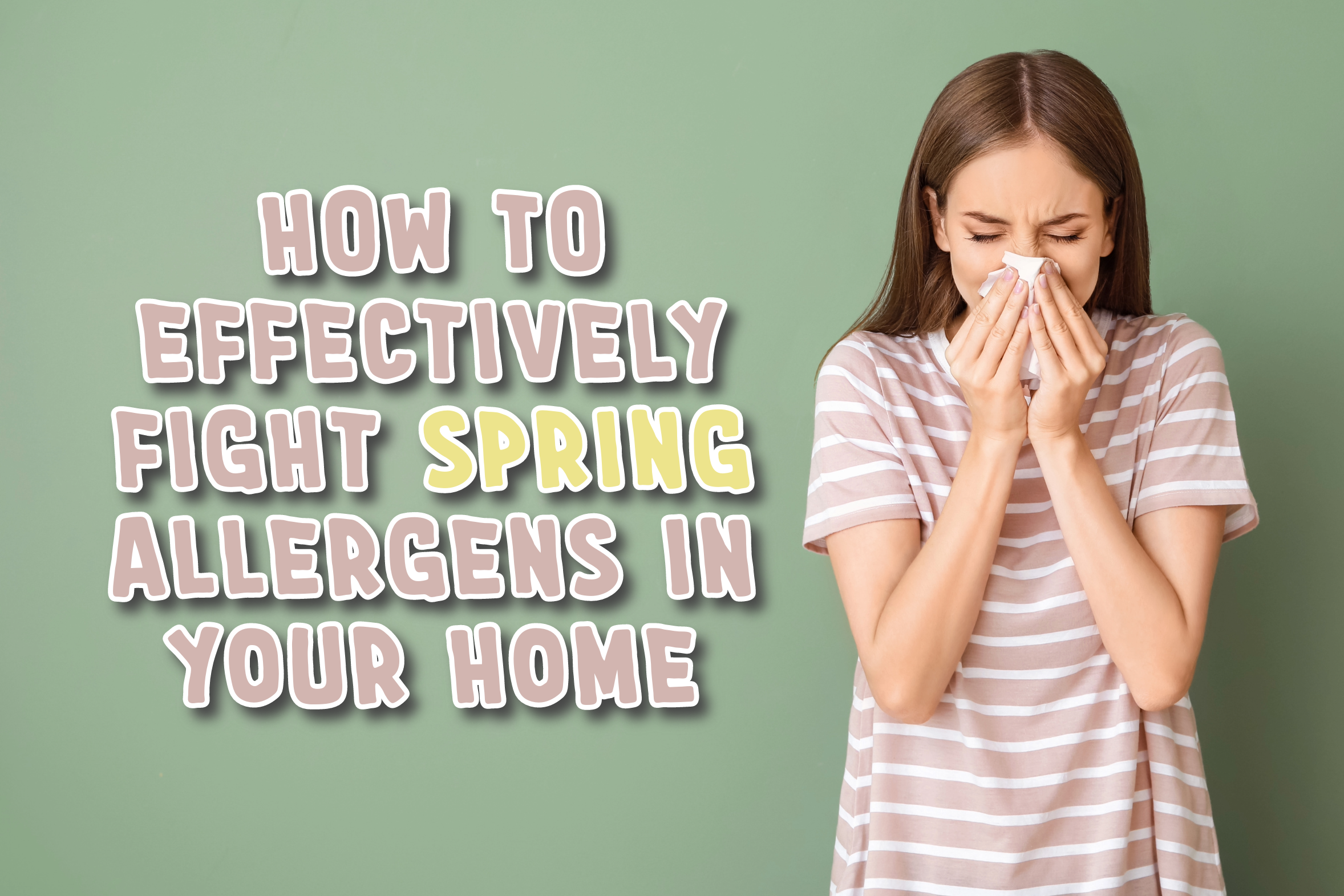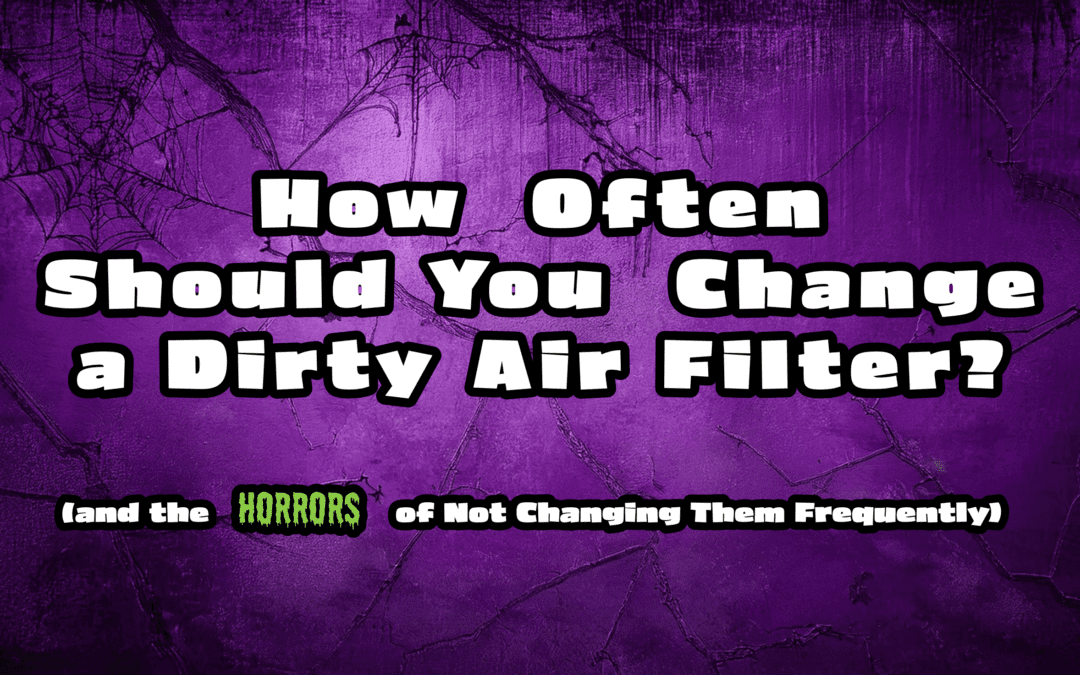For many Ohio residents, the signal of warmer days is also the beginning of the dreadful allergy season. Nestled in the heart of the Midwest, Ohio’s diverse climate and landscape contribute to an eclectic mix of airborne irritants that can set off what many of us know as hay fever and other unfortunate allergy-related woes. If you are fighting the constant battle against these inconvenient allergens, please know you are not alone! Many Ohioans deal with the tragedy of seasonally induced allergies. So, today, let Five Star Heating & Cooling Group provide some tips and tricks to help you fortify your home and personal space against the ever-notorious pollen, dust, and other triggers.
What Is Hay Fever?
Hay fever, also known as allergic rhinitis, causes symptoms similar to the common cold. However, these symptoms are not activated by a virus but rather are induced as an allergic response due to exposure to an indoor or outdoor allergen. These symptoms are as follows:
1. Runny and/or stuffy nose
2. Watery eyes
3. Itchy nose, mouth, or/and throat
4. Sneezing
5. Coughing and/or puffy and swollen eyelids
What Do You Need to Know About the Ohio Allergen Landscape?
Fun Fact: The 1st day of spring 2024 is on March 19th.
Understanding the culprits is the first step to building your defense against them. Ohio’s allergy season predominantly hits in the spring and fall, thanks to the mass pollination of ragweed, trees, and grasses, and these times can mean a heavy airborne presence of pollens. Moreover, the state’s unique geography, including its lakes, rivers, and extensive farmlands, creates a mix of environmental factors that can aggravate allergies, from mold spores in the damp Ohio River Valley to the dust and grime that the wind can disperse in a flat farming country.
Spot and Combat Common Allergens with Home Solutions:
Remember, while pointing to the fields and forests for your watery eyes and itchy throat is easy, indoor allergens can be just as potent. Homes harbor pet dander, dust mites, and mold, contributing to spring and year-round allergies. Your bedroom, living room, and kitchen can all be considered hotspots, potentially collecting these irritants.
Here are some simple yet effective household tips to cut down on indoor allergen triggers:
1. Dusting: Create and follow a weekly dusting schedule using a damp cloth or a microfiber duster that doesn’t just push the dust around. Remember to tackle hard-to-reach places like ceiling fan blades and shelves.
2. Vacuuming: Use a vacuum cleaner with a HEPA filter to trap tiny particles and vacuum high-traffic areas at least twice a week. Remember to vacuum upholstered furniture, too.
3. Curtains and Drapes: These can be hives for dust and dander. Make sure to wash or vacuum curtains or drapes every few months, and try to let in sunlight to clear out dampness.
4. Washing: Regular washing of all bedding, blankets, and bed sheets is a must.
5. Air Filters: Maintaining a clean and efficient HVAC system is crucial for managing indoor air quality (IAQ). High-efficiency air filters are your first line of defense. Change them as recommended, typically every 30 to 60 days, during periods of heavy use.
6. Showering: If your allergies are severe, it may be wise to shower immediately after spending an extended period of time outside. Washing any pollen or particles off your body as soon as you can is a good idea to lessen the chances of allergen particles being tracked in and triggering you further inside your home.

Did you know that hay fever affects 1 in 5 people at least once in their lifetime?
Spot and Combat Common Allergens with Professional Solutions:
Remember that embracing modern technology can be your ticket to a virtually allergen-free home. Professional services and smart devices can offer convenience and high-performance air purification. Here are a couple worth noting:
· Duct Cleaning – Duct cleanings are great options to help with allergens by reducing dust and other dormant contaminants within the home. A duct cleaning can also help with particularly humid environments. This is because when mold spores are released into the air, they are circulated throughout your home, infiltrating the air and reducing your home’s IAQ (indoor air quality. A duct cleaning can help eliminate and prevent the dispersion of mold spores and other unwanted airborne contaminants. Plus, you don’t need to have your ductwork professionally cleaned very often. In fact, 3-5 years is a good rule of thumb!
· The iWave – The iWave air purifier is an advanced whole-home purification system that works with your HVAC system. It utilizes a state-of-ionization generator, which is designed to capture and eliminate allergens, pathogens, and pollutants from your home’s air. It also helps eliminate unpleasant odors, lessen dust buildup, and creates overall healthier air quality. On top of all that, it can even help prolong the life of your HVAC system. The iWave is a low-maintenance and silent solution that works in conjunction with your existing HVAC system, ensuring every room benefits from pure air.
· A Whole-Home Dehumidifier – Mold thrives in damp, warm environments, and Ohio’s summers and river valleys can provide just the climate for it to grow. A dehumidifier not only reduces moisture but can also significantly improve air quality by keeping humidity levels low. Additionally, a whole-home dehumidifier can now help decrease musty odors! Investing in a whole-home dehumidifier with the capacity to cover the square footage of your home’s most inhabited areas is a great option to consider regarding your home’s IAQ.
· A Smart Thermostat – Did you know that having a smart thermostat can aid in boosting your home’s IAQ? Many smart thermostats can monitor humidity levels and let you know if it reaches a level at which it needs attention. In addition, a smart thermostat can notify you when your HVAC air filter needs to be changed. What a great reminder to have in the hustle and bustle of everyday life!
If you are interested in adding any of these beneficial components to your home, or you would like to schedule a ductwork cleaning service, please give us a call. We’d be more than happy to help you on your journey to breathing easier within your own home!
Take control of your indoor air quality with these practical tips. You CAN take charge of your indoor environment. As we wrap up our exploration of home allergens, our goal is to empower readers with knowledge and practical solutions. Remember, a breathable, allergen-free home is within reach, and it all starts with understanding, identifying, and effectively combating these microscopic intruders.
Breathe easy with Five Star Heating & Cooling Group. Call us today at (614) 490-7550, or schedule an appointment online now by clicking here!







